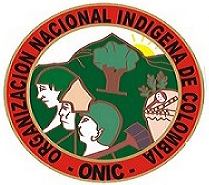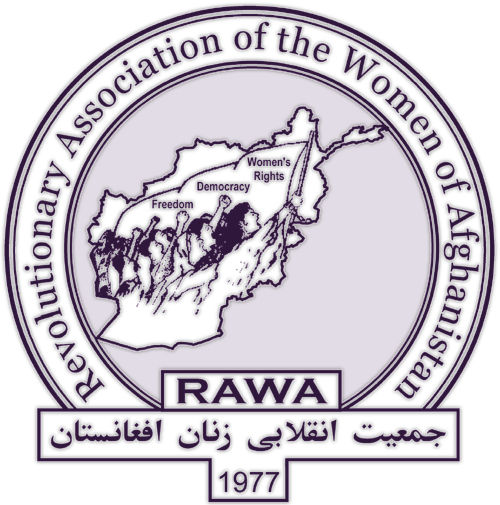Daily Report
Occupy Tel Aviv —again
Police detained 89 demonstrators after more than 6,500 people flooded Tel Aviv's Habima Square the night of June 23 to protest the arrest of Daphni Leef, a leader of last summer's mass movement against inequality and the high cost of housing in Israel. Tel Aviv's district police commander Aharon Eksel told newspaper Haaretz, "Protesters crossed the line. They set out to clash with the police." Police also said the protest was illegal, because no permit had been applied for. Protesters responded that the lack of a permit was intentional, to make the point that permits are difficult to obtain. Clashes were reported from nearby Rabin Square, where protesters attempted to break into banks, and broke the window of one. The elite police "Special Forces" riot squad was mobilized to the scene. The gathering was publicized as an attempt to reboot last year's movement, under the slogan, "Emergency protest! Returning power to the people!" (Allison Kilkenny on The Nation blog, June 25; Haaretz, June 23)
Mexico City airport shoot-out leaves three dead
Three Federal Police officers were killed in a shoot-out at a food court in Terminal 2 of Mexico City's Benito Juárez International Airport on June 25, sending travelers scrambling for cover under tables and into bathrooms. Although initial accounts said police were met with gunfire when they tried to arrest suspected traffickers, the Public Security Secretary later admitted that both sides in the shoot-out were uniformed Federal Police. A team of agents was apparently trying to arrest two other uniformed agents, who responded with gunfire. No civilians were reported wounded. Prosecutor General Marisela Morales says she has ordered in investigation into cartel infiltration of police at the airport. Mexico City's own Federal District Prosecutor General of Justice (PGJDF), which oversees a "Secure Airport" program to coordinate police forces at Benito Juárez, said it had detected no signs of personnel at the facility being co-opted by traffickers. (Excelsior, Notimex, El Universal, June 26; LAT, June 25)
Republicans push "Fast and Furious" conspiracy theory
US president Barack Obama invoked executive privilege on June 20 to justify the Justice Department's refusal to provide the House of Representatives with some of its documents relating to Operation Fast and Furious, a bungled program in which the Bureau of Alcohol, Tobacco and Firearms (ATF) inadvertently let about 2,000 firearms "walk" into Mexico during 2009 and 2010. Rep. Darrell Issa (R-CA), the chair of the House Oversight and Government Reform Committee, had subpoenaed the documents from the Justice Department. The House of Representatives could vote to hold Attorney General Eric Holder in contempt for refusing to comply with the subpoena.
Mexico: OAS agency reports eight LGBT murders in Guerrero
The Inter-American Commission on Human Rights (IACHR, or CIDH in Spanish), an agency of the Organization of American States (OAS), reported on June 18 that eight members of the LGBT community in the southern Mexican state of Guerrero have been murdered since the beginning of the year. The latest victim was 18-year-old Antonio Calderón Peralta, whose body was found in Chilpancingo, the state capital, on June 9. The youth, who was dressed in women's clothes, had been beaten to death. The discovery of Calderón's body came two days after Guerrero's LGBT community held a march in Chilpancingo supporting sexual diversity.
Honduras: woman dies in airport after US deportation flight
Honduran national Cintia Yadira Herrera died of heart problems on June 18 shortly after arriving at San Pedro Sula in northern Honduras on a mass deportation flight arranged by US immigration authorities. She took a few steps after disembarking from the plane in Ramón Villeda Morales Airport and then collapsed, according to firefighters who came to her assistance; she died in the airport. Herrera was 33 or 34, according to different media reports, and was the mother of three children.
Costa Rica: port workers strike again in anti-privatization struggle
The 1,500 workers in Costa Rica's two Caribbean ports, Limón and Moín, went on strike on June 12 to oppose a 30-year concession the government of President Laura Chinchilla has granted to a Netherlands-based container management multinational, APM Terminals. The two ports handle about 80% of the country's international trade.
Haiti: UN troops try to invade public university
Brazilian soldiers from the United Nations Stabilization Mission in Haiti (MINUSTAH) made three attempts on June 15 to enter the Human Sciences Faculty (FASCH) of the State University of Haiti (UEH) in Port-au-Prince by force, according to faculty, students and local media. "We don't know the reason for this criminal and inopportune visit," the FASCH's dean, Hancy Pierre, told the online Haitian news service AlterPresse. "It's a disgrace for the country." In Haiti security forces are expected to get permission from university authorities before entering a campus.
Haiti: could an "all-out" effort end the cholera now?
The cholera epidemic that has killed more than 7,200 people in Haiti since October 2010 could possibly be brought to an end "in just months," according to a leading French cholera expert, Dr. Renaud Piarroux. "But it would be necessary to go all out in the areas where cholera is being transmitted," he added in a little-noted interview with Radio France Internationale on Apr. 16, "and, of course, we'd need to have the means of identifying [the cholera], with an epidemiological surveillance that is faster and more effective than what is being done currently."















Recent Updates
2 hours 35 min ago
3 hours 4 min ago
2 days 17 hours ago
2 days 21 hours ago
2 days 23 hours ago
3 days 16 hours ago
3 days 17 hours ago
4 days 21 hours ago
4 days 21 hours ago
6 days 16 hours ago